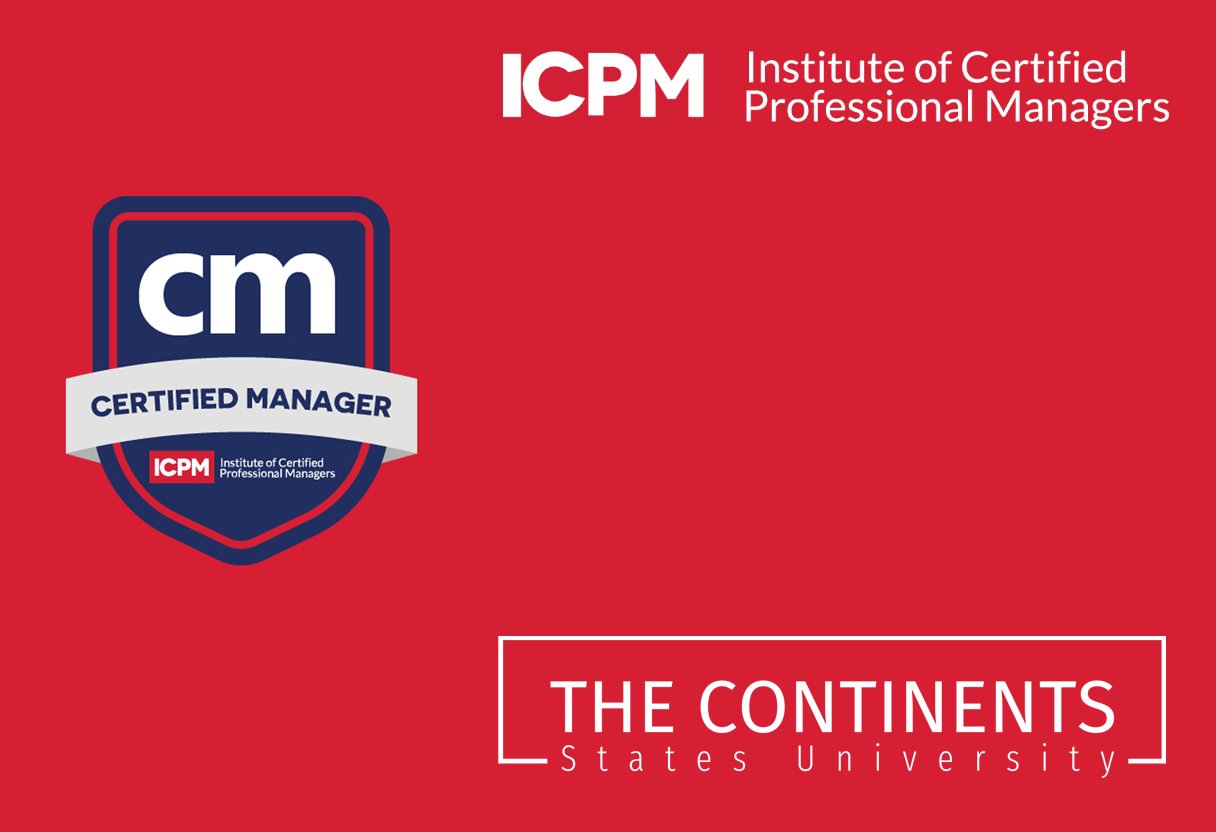Did you know that competency-based education (CBE) programs have seen a 69% increase in enrollment over the past five years? This surprising statistic highlights the growing interest in alternative education models that move beyond the traditional classroom approach. As you consider your educational options, it’s essential to understand the key differences between competency-based education and the more conventional traditional education models.
The main distinctions between CBE and traditional education lie in their focus, assessment methods, and learning approaches. While traditional education often relies on the completion of credit hours or seat time as a measure of progress, CBE focuses on students’ mastery of specific skills or competencies. The primary goal of CBE is to ensure that you acquire the necessary knowledge, skills, and abilities to succeed in your chosen field or profession.
Competency-based education recognizes that you have different starting points, learning styles, and paces, offering personalized learning paths that allow you to progress at your own speed. CBE also utilizes a variety of assessment methods, including performance-based assessments, projects, portfolios, and real-world applications, to provide a more comprehensive and authentic view of your knowledge and skills.
Additionally, CBE places a strong emphasis on ongoing feedback and support, with teachers, mentors, and peers playing an active role in providing guidance and interventions to help you progress in your learning. This personalized approach to education can be particularly beneficial for students who may struggle in a traditional classroom setting.
Key Takeaways
- Competency-based education (CBE) focuses on mastery of specific skills and competencies, rather than time spent in the classroom.
- CBE offers personalized learning paths, flexible pacing, and a variety of assessment methods to ensure students acquire the necessary knowledge and skills.
- Ongoing feedback and support from teachers, mentors, and peers are crucial elements of the CBE approach.
- CBE programs have seen a significant increase in enrollment, highlighting the growing interest in alternative education models.
- The primary goal of CBE is to prepare students for success in their chosen field or profession, focusing on real-world relevance and application of knowledge.
Understanding Competency-Based Education
In traditional education systems, students typically progress through a predetermined curriculum at a fixed pace, with a focus on the time spent in the classroom rather than the mastery of the material. In contrast, competency-based education (CBE) focuses on students demonstrating mastery of specific skills and competencies, rather than on seat time. This means that students must show a high level of proficiency in each competency before moving on to the next, regardless of the time it takes.
Mastery vs. Seat Time
In a competency-based education model, the emphasis shifts from the amount of time spent in a classroom to the demonstration of mastery. Students are required to exhibit a deep understanding and application of the material, rather than just completing a set number of credit hours or seat time. This approach ensures that students have truly acquired the necessary knowledge, skills, and abilities to succeed in their chosen field or profession.
Individualized Learning Paths
One of the key benefits of competency-based education is the ability to offer personalized learning paths for each student. By focusing on competencies rather than a one-size-fits-all curriculum, CBE recognizes that students have different starting points, learning styles, and paces. This allows for the creation of customized learning experiences that cater to the unique needs and strengths of each individual, helping them progress at a pace that is most effective for them.
Flexible Pacing
Competency-based education also provides students with the flexibility to progress at their own pace. Instead of being bound by a predetermined schedule, students can take the time they need to master each competency, without the pressure of adhering to a fixed timeline. This flexible pacing enables students to truly engage with the material and develop a deeper understanding, ultimately leading to more successful learning outcomes.
Competency-Based Assessments
In a competency-based education system, assessment methods go beyond traditional tests and exams. CBE utilizes a variety of assessment techniques, including performance-based assessments, projects, portfolios, and real-world applications, to provide a more comprehensive and authentic view of students’ knowledge and skills. This holistic approach to assessment ensures that students are evaluated on their ability to apply their learning in practical and relevant contexts.

Competency-based education vs traditional education
One of the key differences between competency-based education (CBE) and traditional education models is the focus on real-world relevance. CBE programs strive to ensure that the competencies identified and developed are aligned with industry standards and workforce needs, preparing students for success in their chosen careers. By emphasizing the application of knowledge and skills in practical, real-world settings, CBE helps to bridge the gap between academic learning and the demands of the professional world.
Focus on Real-World Relevance
In contrast to traditional education models that often prioritize the memorization of theoretical concepts, CBE programs place a strong emphasis on the development of practical, transferable skills that are highly valued by employers. Through hands-on projects, internships, and collaborative learning experiences, students in CBE programs have the opportunity to apply their knowledge and receive continuous feedback, which allows them to refine their competencies and better prepare for the challenges they will face in their chosen careers.
Continuous Feedback and Support
Another key advantage of competency-based education is the focus on providing students with continuous feedback and personalized support throughout their learning journey. Rather than relying solely on high-stakes assessments, CBE programs utilize a variety of formative and summative evaluation methods to monitor student progress and identify areas for improvement. This allows for a more agile and responsive approach to learning, where teachers, mentors, and peers work collaboratively to help students develop the skills and knowledge they need to succeed.

Fostering Equity in Competency-Based Education
Competency-based education (CBE) can play a crucial role in fostering equity in education by providing personalized learning experiences, timely and differentiated support, and meaningful assessment practices. By shifting the focus from time-based to mastery-based learning, CBE offers opportunities for students from diverse backgrounds to succeed at their own pace and demonstrate their knowledge and skills in authentic and relevant ways.
Personalized Learning Experiences
One of the key advantages of CBE is its emphasis on personalized learning. Instead of a one-size-fits-all approach, CBE allows you to engage in tailored learning pathways that cater to your unique strengths, interests, and learning styles. This personalized approach ensures that you can progress at a pace that works best for you, without the constraints of a fixed curriculum or predetermined timeline.
Timely and Differentiated Support
Alongside personalized learning experiences, CBE programs are designed to provide you with timely and differentiated support. Educators and mentors actively monitor your progress, identifying areas where you may need additional assistance or interventions. This targeted support helps to address any gaps or challenges you might face, ensuring that you receive the necessary resources and guidance to succeed.
Meaningful Assessment Practices
Competency-based education also places a strong emphasis on meaningful assessment practices that go beyond traditional testing methods. Instead of relying solely on standardized exams, CBE utilizes a variety of assessment techniques, such as performance-based assessments, projects, and portfolios, to provide a comprehensive evaluation of your knowledge, skills, and abilities. These assessment practices not only measure your learning but also help to identify areas for growth and support your continued development.

Conclusion
As you’ve seen, competency-based education (CBE) and traditional education models offer vastly different approaches to learning and assessment. While traditional education relies heavily on time spent in the classroom and completion of predetermined curricula, CBE focuses on students’ mastery of specific skills and competencies, regardless of the time it takes.
By providing personalized learning paths, flexible pacing, and a variety of assessment methods, CBE aims to ensure that you, the student, acquire the necessary knowledge, skills, and abilities to succeed in your chosen field or profession. This learner-centric approach empowers you to progress at your own pace and demonstrate your proficiency in real-world, relevant competencies.
As you consider your educational options, take the time to explore the benefits of competency-based education. This innovative learning model can unlock new opportunities for you to develop the expertise and credentials that will propel you towards your goals and career aspirations.


